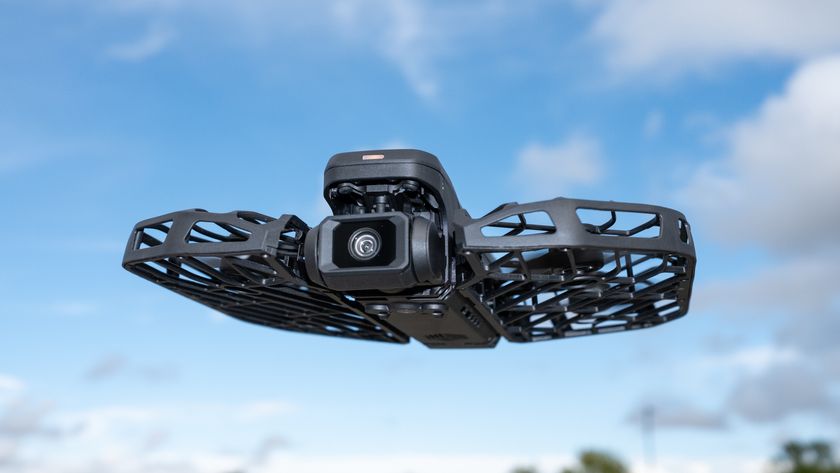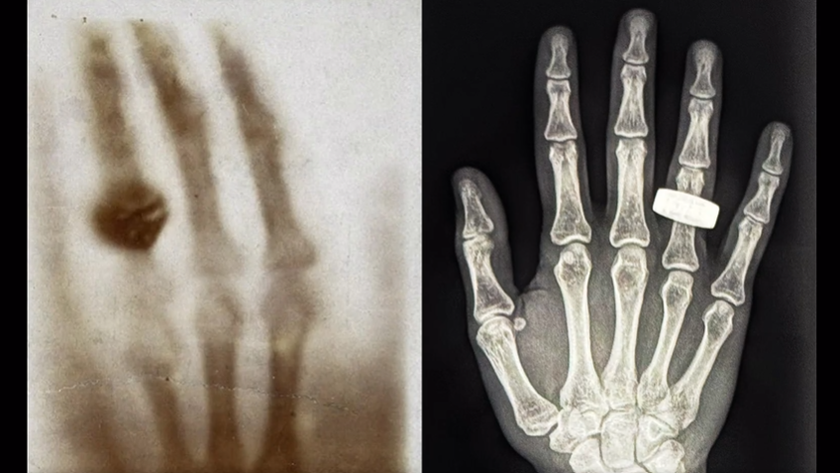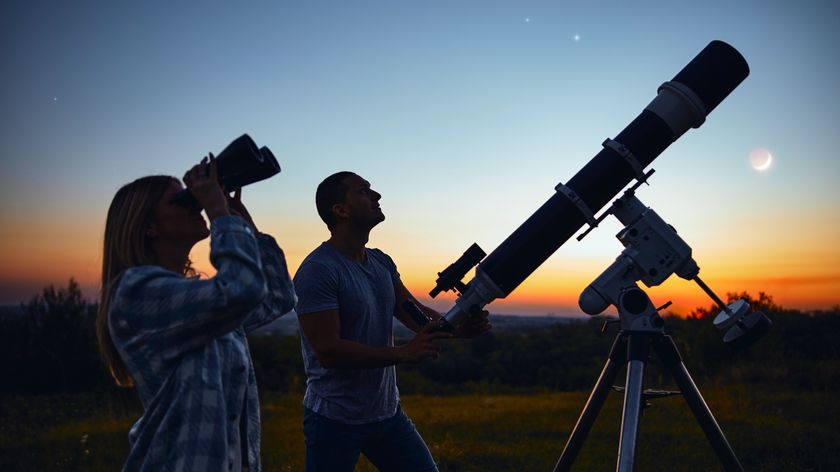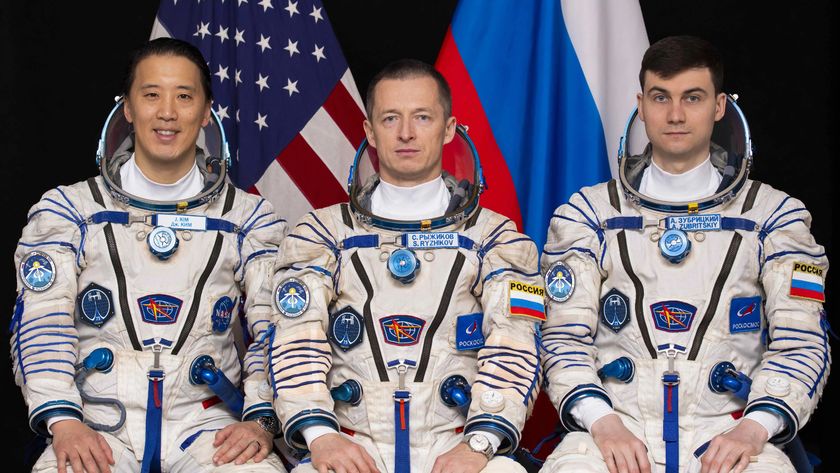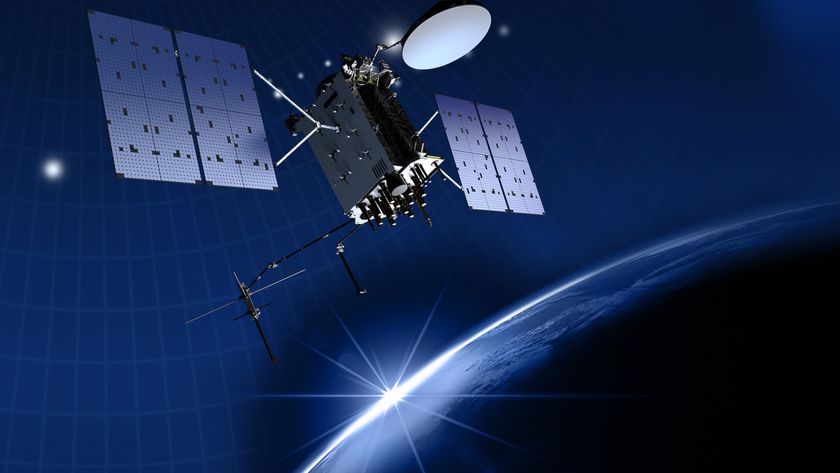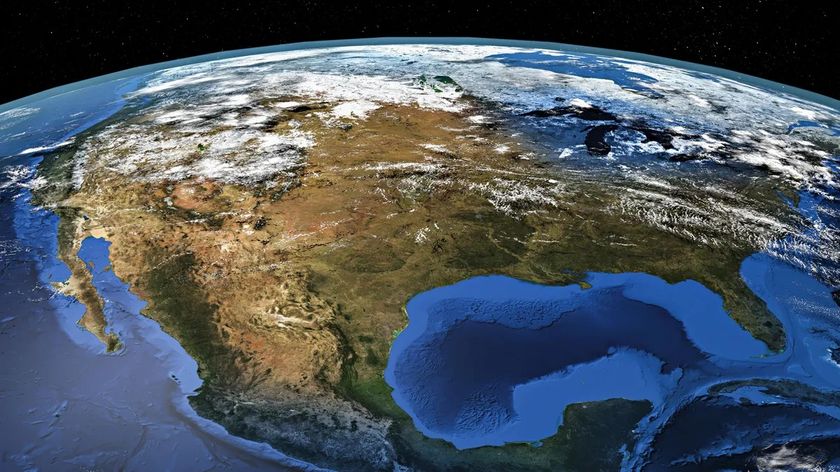
Is Asteroid Mining Possible? Study Says Yes, for $2.6 Billion
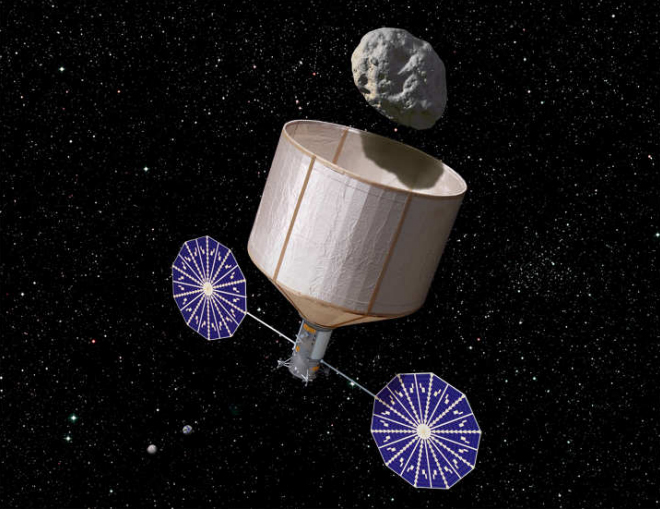
The prospect of mining asteroids may sound like science fiction, but that's exactly what the ambitious new company Planetary Resources, Inc. plans to do — and a recent study by NASA, university and private groups says it's actually possible.
The in-depth study of the feasibility of asteroid mining was prepared for the Keck Institute for Space Studies (KISS) at the California Institute of Technology in Pasadena. It was released April 2, three weeks before today's unveiling by Planetary Resources of its billionaire-backed plan to tap into the riches locked inside near-Earth asteroids.
While Planetary Resources is still years away from actually snatching up an asteroid and staking a cosmic claim, the KISS asteroid retrieval study details in extreme detail exactly how such a project could work.
Two participants in the study were former Mars mission manager Chris Lewicki, now CEO of Planetary Resources, and former astronaut Tom Jones, who is advising the new company.
The Asteroid Capture and Return mission — the central focus of the KISS study — blueprints the technological know-how to moving an asteroid weighing about 1.1 million-pound (500,000 kilograms) to a high lunar orbit by the year 2025. The mission's cost is expected to be $2.6 billion.
Is asteroid mining really possible today?
The top conclusions from the KISS study are that it appears feasible to identify, capture and return close to Earth an entire asteroid that is roughly 23 feet (7 meters) wide. This so-called near-Earth asteroid (NEA) would weigh in the neighborhood of 500 tons, according to the study.
Get the Space.com Newsletter
Breaking space news, the latest updates on rocket launches, skywatching events and more!
This feasibility rests on three major advances, Brophy told SPACE.com:
- Development of a ground-based observation campaign to discover and characterize potential target asteroids for return;
- Development of a sufficiently powerful solar electric propulsion system necessary to transport the asteroid back to lunar orbit in a reasonable time;
- Establishment of a human presence in lunar orbit to investigate and exploit this resource.
Using current or soon-to-be technology, the asteroid could be fetched, and then deposited into high lunar orbit using a containerlike robotic spacecraft powered by a solar electric propulsion system.
Moreover, such an endeavor "may be essential technically and programmatically for the success of both near-term and long-term human exploration beyond low-Earth orbit," the report says.

How much will it cost?
According to a Collaborative Modeling for Parametric Assessment of Space Systems (COMPASS) team at NASA Glenn Research Center in Cleveland, the estimate is in the ballpark of $2.6 billion.
According to the study:
- Placing a 500-ton asteroid in high lunar orbit would provide a unique, meaningful and affordable destination for astronaut crews in the next decade.
- This disruptive capability would have a positive impact on a wide range of the nation’s human space exploration interests. It would provide a high-value target in cislunar space that would require a human presence to take full advantage of this new resource.
- Such a venture represents a new synergy between robotic and human missions in which robotic spacecraft retrieve significant quantities of valuable resources for exploitation by astronaut crews to enable human exploration farther out into the solar system.
- Water or other material extracted from a captured volatile-rich near-Earth asteroid could be used to provide affordable spacecraft shielding against galactic cosmic rays. The extracted water could also be used for propellant to transport a shielded habitat.
- This undertaking could jump-start an entire in situ resource utilization industry. The availability of a multi-hundred-ton asteroid in lunar orbit could also stimulate the expansion of international cooperation in space as agencies come together to determine how to sample and process raw material from an asteroid.
One other bonus flagged in the study is that of planetary defense.
The capture, transportation, examination and dissection of an entire near-Earth asteroid, the study notes, would provide important information for planetary defense activities that may someday have to deflect a much larger near-Earth object. [Video: Asteroid Threat Becomes a Promise]
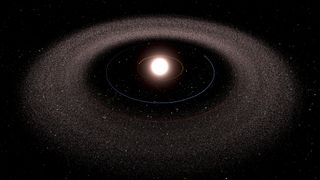
Why mine asteroids?
The KISS report makes clear that the idea of exploiting the natural resources of asteroids dates back over 100 years. However, only now has the technology become available to make this idea a reality.
As identified in the report, the feasibility of this retrieval concept is made possible by three key developments.
Firstly, the ability to discover and characterize an adequate number of sufficiently small near-Earth asteroids for mining.
Secondly, there is evolving ability to implement sufficiently powerful solar electric propulsion systems to enable transportation of the captured asteroid.
Lastly, the proposed human presence in cislunar space in the 2020s both enables exploration and exploitation of the returned near-Earth asteroid.
"Ever since the completion of the cold-war-based Apollo program there has been no over-arching geo-political rationale for the nation’s space ventures. Retrieving an asteroid for human exploration and exploitation would provide a new rationale for global achievement and inspiration," the report concludes. "For the first time humanity would begin modification of the heavens for its benefit."
One KISS study participant, John Lewis, is a leading expert on space resources, and was also anticipating the unveiling today of the new startup company Planetary Resources. Lewis, professor emeritus of cosmochemistry and planetary atmospheres at the University of Arizona, Tucson, said that while NASA's charter includes basic research and development, "the future of space resource exploitation lies in the private sector." [How Asteroid Mining Could Work (Infographic)]
"NASA's findings are put in the public domain, as in the earlier cases of communication, weather and navigation satellites, for use by competing commercial enterprises," Lewis told SPACE.com. These companies can then work to generate revenues — and pay taxes — while lowering the cost of access to resources for the good of all, he said.
"That is what I hope we are seeing in today's unveiling of Planetary Resources. Clearly some billionaires also see the possibilities," Lewis said.
Leonard David has been reporting on the space industry for more than five decades. He is a winner of last year's National Space Club Press Award and a past editor-in-chief of the National Space Society's Ad Astra and Space World magazines. He has written for SPACE.com since 1999.
Join our Space Forums to keep talking space on the latest missions, night sky and more! And if you have a news tip, correction or comment, let us know at: community@space.com.

Leonard David is an award-winning space journalist who has been reporting on space activities for more than 50 years. Currently writing as Space.com's Space Insider Columnist among his other projects, Leonard has authored numerous books on space exploration, Mars missions and more, with his latest being "Moon Rush: The New Space Race" published in 2019 by National Geographic. He also wrote "Mars: Our Future on the Red Planet" released in 2016 by National Geographic. Leonard has served as a correspondent for SpaceNews, Scientific American and Aerospace America for the AIAA. He has received many awards, including the first Ordway Award for Sustained Excellence in Spaceflight History in 2015 at the AAS Wernher von Braun Memorial Symposium. You can find out Leonard's latest project at his website and on Twitter.
